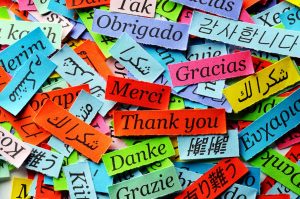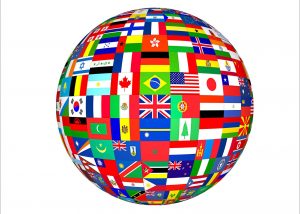“The prison of language is only temporary … someday the merciful guardian, the perfect translator, will come with the keys and release us,” Wendy Lesser wrote in the article “Secrets of Translation” in the Chronicle of Higher Education in 2002. However, the following questions remain: who is this translator? What does he do? And what skills should he have?
Simply put, a translator is a person who reproduces a text in another language, trying to maintain a delicate balance between literality, when the text sounds awkward and unnatural in a new language, and freedom, when the text becomes almost unrecognizable. The translator must translate not only words, but also concepts. In other words, the translator opens the prison of language, as Ms. Lesser said, and helps the text break out of the constraints of its original language, culture and audience. This translation service is unfortunately an underrated art and craft.
To do all of the above, the translator must have the following qualities: a native or almost native level of proficiency in both the source language (the language from which the translation is performed) and the target language (the language into which the translation is performed), the ability to fully understand everything about which directly stated and implied in the text, and excellent writing and editing skills. Ideally, the translator should also have a lot of knowledge about the culture of both the source and target languages, as this affects the use of words and their meanings, as well as the author of the source document and his writing style.
qualities: a native or almost native level of proficiency in both the source language (the language from which the translation is performed) and the target language (the language into which the translation is performed), the ability to fully understand everything about which directly stated and implied in the text, and excellent writing and editing skills. Ideally, the translator should also have a lot of knowledge about the culture of both the source and target languages, as this affects the use of words and their meanings, as well as the author of the source document and his writing style.
All of this sounds rather menacing, of course, but not impossible. There are, in fact, a number of excellent practitioners who fulfill these ambitious requirements, but the small number of translated books published each year points to the sad fact that few are taking on this challenging and challenging job. If only more people would join the ranks of translators and help open the prison of language!



